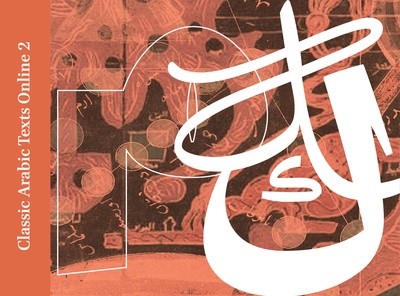
Appendix 1
Additions in John of Seville’s Translation of the Great Introduction
In this Appendix are included translations of two passages which have been added in the revised version (Jrev) of John of Seville’s translation of Abū Maʿšar’s Great Introduction. The original Latin of these passages can be found in Lemay, Great Introduction, V and VI. The relevant Part (in roman numerals), chapter, and section numbers of the present edition are given.
IV, 2.5 (Lemay, Great Introduction, VI, p. 494): About tastes, according to Apollo: wetness in its nature is of a soft (‘suavis’) taste, dryness, a bitter taste; and when the force of dryness is on its own, its taste will be bitter; when wetness is on its own, its taste will be soft. But when bitterness is mixed with softness and the softness is more than the bitterness, a sweet taste results. If they are equal, the taste will be salty. If sweetness is mixed with saltiness and softness, tartness arises. If tartness is joined with saltiness and bitterness, the taste will be hirrif, i.e. the taste of parsley. Again, if harshness is joined to hirrif, that taste will be lessened.
Apollo (‘Apollinem’ in the manuscripts) may be a corruption of Apollonius, but this passage does not correspond to anything in the section on tastes in Pseudo-Apollonius, De secretis naturae, ed. F. Hudry, ‘Le De secretis naturae du ps.-Apollonius de Tyane, traduction latine par Hugues de Santalla du Kitāb sirr al-ḫalīqa’, Chrysopoeia 6, 1997–1999, pp. 1–154 (see II, 4 [13–14] and [18], pp. 135–138 = Pseudo-Apollonios von Tyana, Buch über das Geheimnis der Schöpfung und die Darstellung der Natur, ed. U. Weisser, Aleppo, 1979, 11.1–3, 14.1, pp. 459–462 and 469–473).
VI, 32.7 (Lemay, Great Introduction, V, p. 268, lines 1894–1904). But the opinion of certain doctors (‘physici’) is that, from the beginning of the tenth hour of night until the end of the third hour of day, these six hours are according to the nature of blood and spring. From here to the end of the ninth hour they are according to the nature of red bile and summer, hot and dry. From here to the end of the third hour of the following night they are according to the nature of black bile and autumn, cold and dry. From here until the end of the ninth hour of the same night they are according to the nature of phlegm and winter, cold and wet. These, then, join the day and night together, and have divided them into only four.[1]
[1] Instead of the eight divisions of three hours each of the night and day, described in the previous section of Abū Maʿšar’s text.